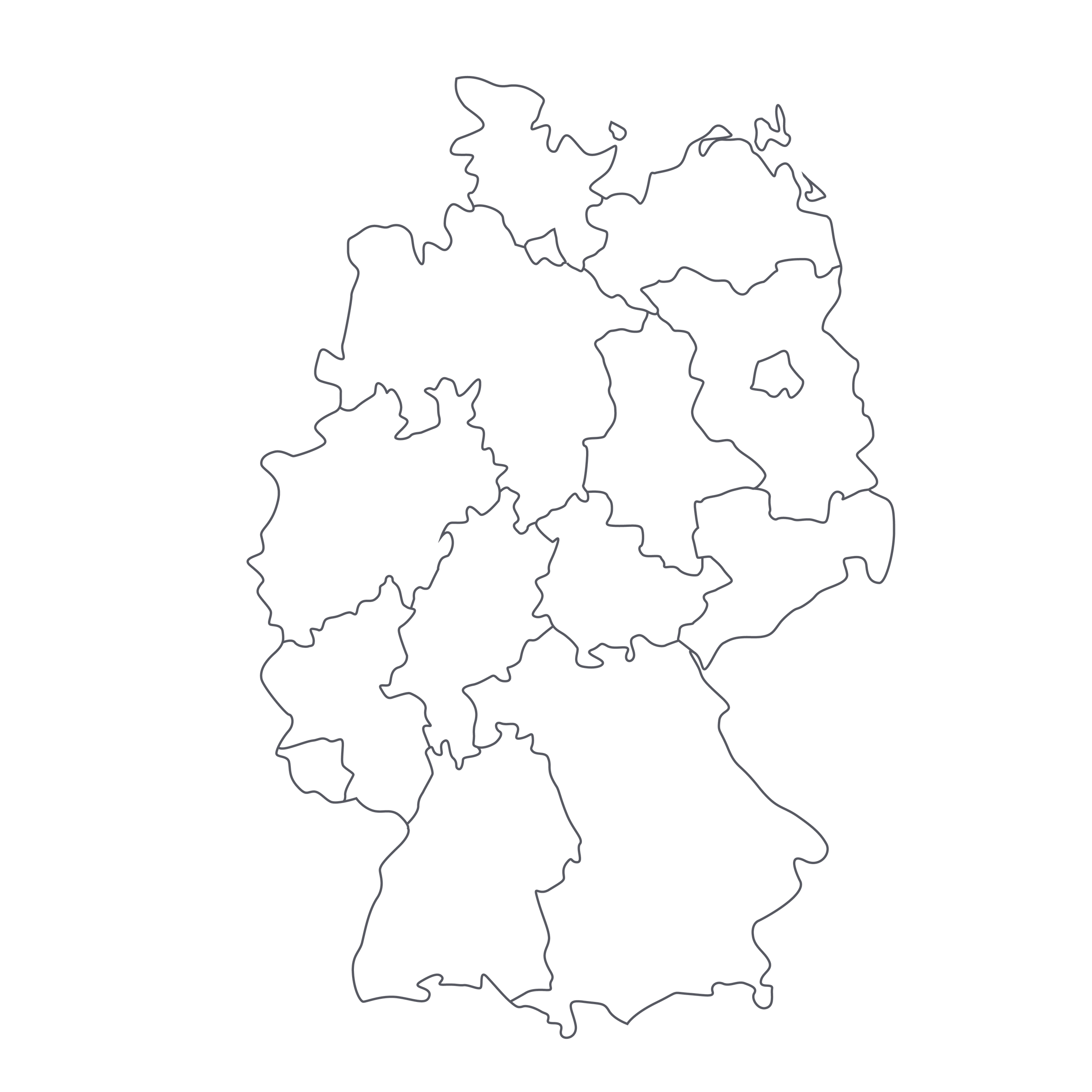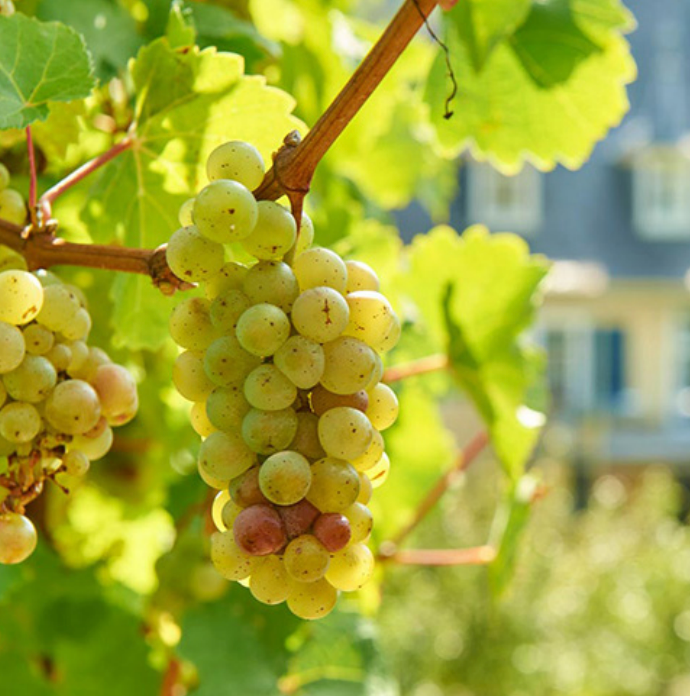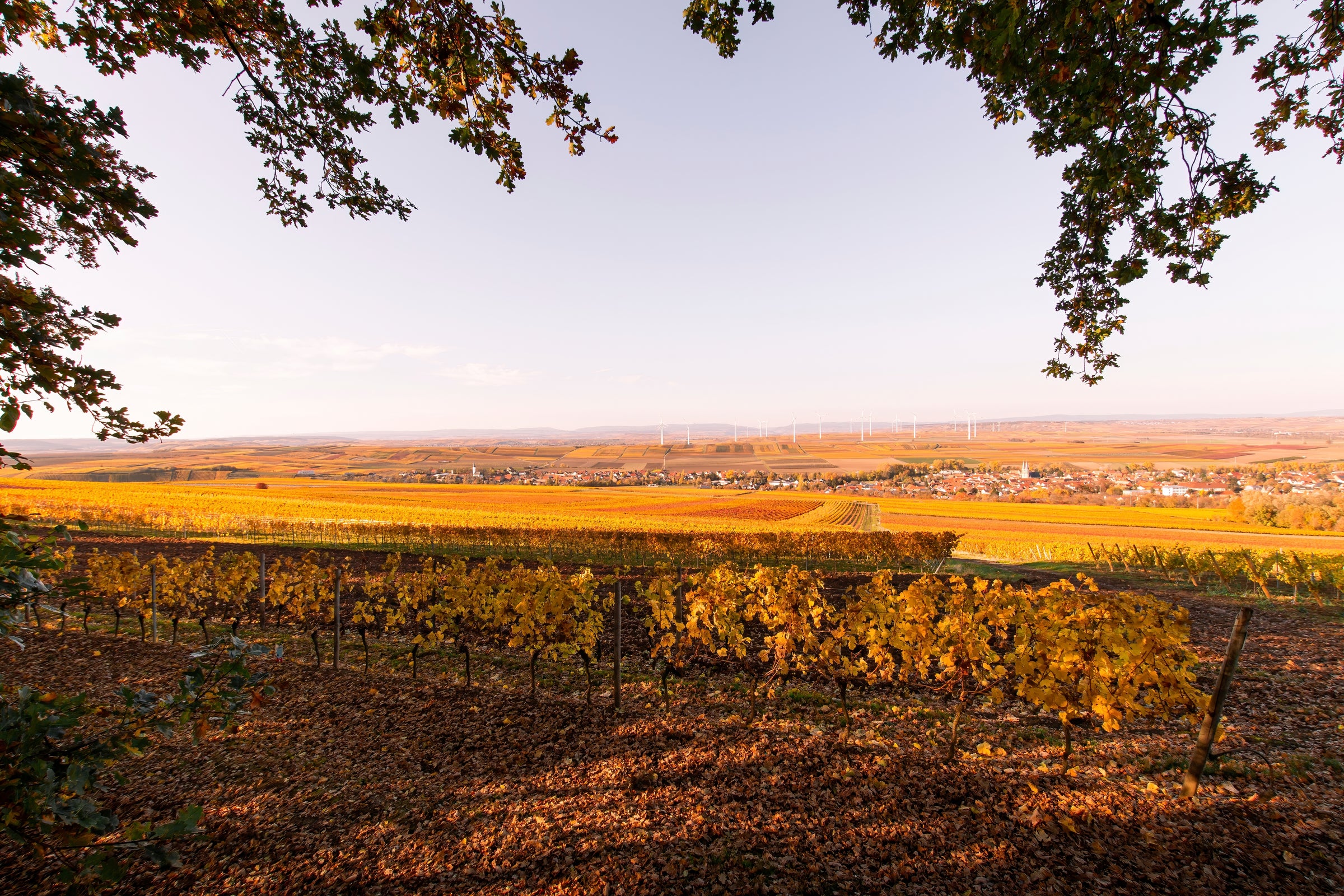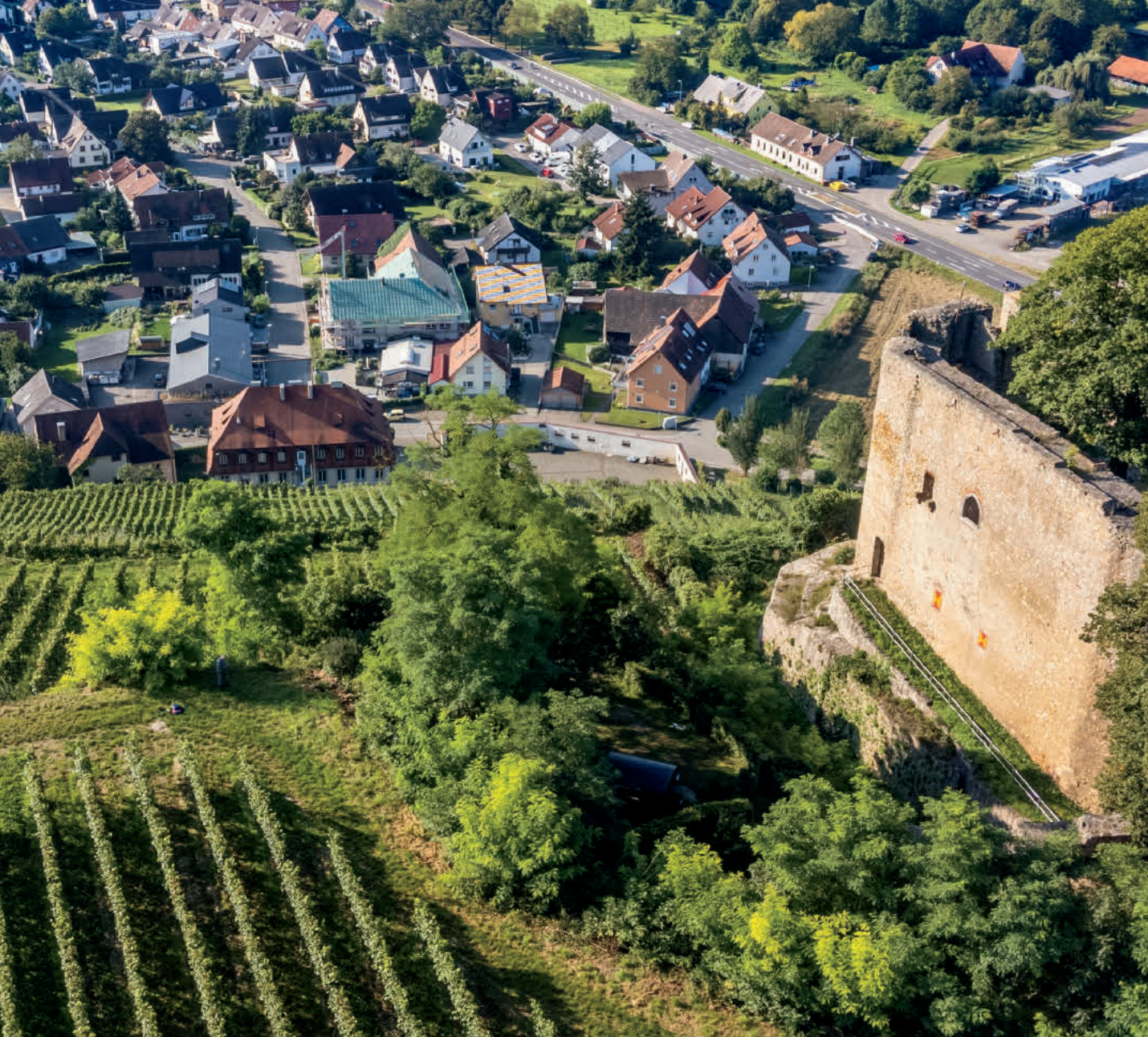The wines of Karthäuserhof open portals into the wonderful world of Riesling. With almost a millennium of history behind the estate, it’s safe (and correct) to say that this wine is hundreds of years in the making. If you’re used to Rieslings steeped in sweetness, saying this brilliant dry white wine will be a change of pace is a great understatement.
This wine comes from the estate’s oldest vines, or ‘alte reben,’ and the grapes are harvested later in the vintage (spätlese), but still fermented dry (trocken)—hence the nomenclature ‘Spätlese Trocken’ on the label. So even though the wine is ripe and dense, it finishes dry and electric. We have offered varying styles of Karthäuserhof before, but this bottle is the fullest and driest of them all. This is one of those producers we feature again and again, due to their ability to achieve brilliance year after year. If, for some reason, you still haven’t pulled the trigger on one of their wines, now’s the time to indulge in a vintage being declared “epic” and “best of the century.” Caution: Once the portal is opened, there is no turning back. You’ll have a relentless craving for Riesling—one that I’ve not only accepted, but embraced.
The bucolic estate of Karthäuserhof translates to “Farm of the Carthusians” and its rich history dates to the 11th century, when it was first established as a monastery. More recently, however, the past six generations of winemaking have belonged to the same family, with legendary Christoph Tyrell overseeing operations since 1986 (he won winemaker of the year in 1997). Deep in the heart of the Mosel, Karthäuserhof calls the small river town of Eitelsbach home; its single vineyard lay along the Ruwer River just before intersecting with the iconic Mosel. Peppered with ancient trees and an impressive manor house, the lay of the land here feels sequestered from the frenetic rush of this world. They are in good company, too—Maximin Grünhaus, which you may also remember from past offers here, is right across the river!
Most unique is their continuous 19-hectare monopole (single-vineyard, single owner), eponymously named Karthäuserhofberg. Seeing as it is adjacent to the estate, this allows Christoph Tyrell and his team more control over the entire growing and harvesting process. A relatively recent (and taxing) adjustment was the decision to remove every third row of vines, which increased air flow and sun exposure. And although they lost a large number of vines, this decision ultimately yielded a better crop. With most vines on their original rootstock, they are sunk deep in sharply inclined hillsides filled with Devonian slate and iron. Organic farming is practiced, and, instead of pesticides, pheromones are applied in order to keep insects at bay. Post-harvest, as many as 60 different batches of grapes are vinified separately in enameled stainless steel tanks and a final blend is created before a brief respite in their vaulted stone cellars.
Out of the bottle, Karthäuserhof’s Spätlese Trocken reveals a pale, light-yellow hue with green reflections throughout. The wine has a wonderful concentration that is noticeable to the naked eye and most certainly on the palate. The intense nose greets you with green mango peel and peach pit, lime zest, lemon blossom, and white cherry. Thanks to old vines and an ancient terroir, classic Mosel notes also march forward to the sound of trumpets: wet slate, crushed rock, petrol, and fresh honeysuckle. The palate very much confirms the nose, while unveiling the weight behind the wine. This is not a Riesling on a diet. It is a dry, high acid, medium-plus-bodied masterpiece. This wine is still very young, and if opening now, I highly recommend enjoying this wine after decanting for a minimum of one hour. Serve around 50-55 degrees in large Riesling or even Bordeaux stems and pair it with this Vietnamese Pork dish (Bún ch?) below. The flavors are magnificent together. Invite your friends and neighbors over for a wonderful experience (as I recently did) and treat them to a highlight of their Summer. It was one of mine! Cheers!






